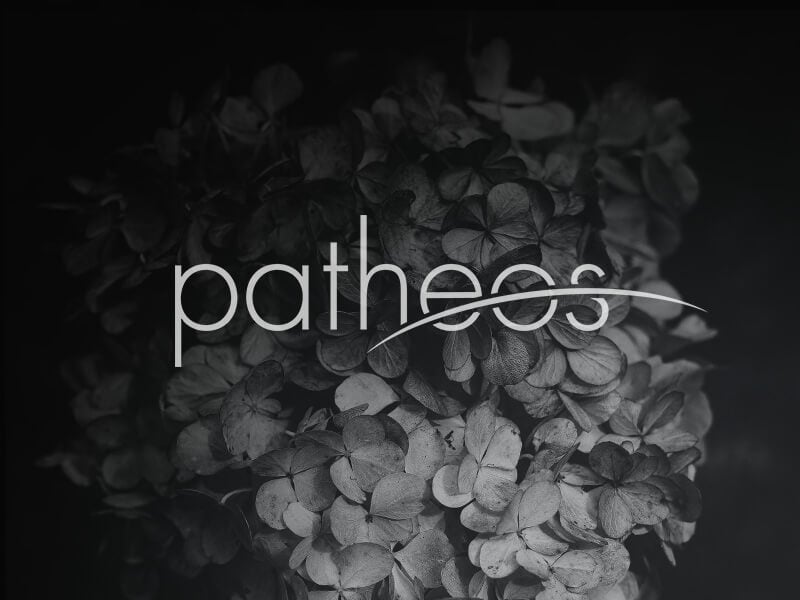In the earlier post, I had sketched Matthew Boulton’s argument for a subsessionist typology in his recent article “Supersession or Subsession? Exodus Typology, the Christian Eucharist and the Jewish Passover Meal” in SJT (66[1]: 18-29 [2013]).
In that article Boulton wishes to correct the supersessionist Tendenz in the use of typology by biblical theologians. Rather than a “triumphalist ‘prophecy-fulfillment’ arrangement in which the ‘old’ is only valuable insofar as it serves as a signpost pointing to the ‘new’”, Boulton presents an innovative “paradigm-rendition” typology in which the “new performance is clarified and authenticated precisely insofar as it corresponds to the old, exalted original”.
The new event is in the shape of the archetype and thereby embodying its importance. The idea is that the new event’s significance is dependent on the significance of the old event. The new event is “another manifestation of the basic archetype”. The new derives significance in relation to the old.
This is an important contribution. And indeed I think Boulton is right. But this is not the full story because significance can be derived from elsewhere; in the case of the New Testament specifically its eschatological position. For although the new “event” is shaped by the old and derives its meaning from the old, it is nevertheless an eschatological manifestation. In other words, from the viewpoint of the NT authors, the events surrounding the incarnation of God in Jesus Israel’s Messiah is not simply or merely “another manifestation”. For them the advent of the Messiah, primarily the event of his resurrection, was the final manifestation bringing about a new era in history.
Is this supersession? Does the new supersede the old? I think it depends on how you define “supersede”. If by supersede one means what Boulton described – the conventional approach – than such supersession is improper. The old is not merely a sign whose sole purpose is to point forward to the new. It of course can be seen as such in retrospect. But the story elements of the Hebrew Scriptures are irreplaceable blocks of the story. This is where I think narratology has potential to assist in understanding the way the Christian canon works.
Admittedly, I’m just beginning to work this out, but if we think of Bible as Story and we read the earlier bits as indispensible building blocks in the narrative development toward its resolution than there’s no need to denigrate the earlier in view of the later bits of the story. Each part has its place in the story bringing it to its final act, although even this analogy must be carefully delimited. Because “final” in this sense does not mean “The End, but a new stage of the story. So because of the earlier blocks of the story, later scenes and characters become “narratological necessities” (to quote my good friend Daniel Kirk). Furthermore, if there is something of an “incompleteness” to the earlier parts of the story, it is incomplete only as earlier scenes are incomplete without subsequent ones. It is correct then to see the Bible’s story as progressive. In Stephen Wellum’s words, “it is a word-act revelation that is progressively given” (Kingdom Through Covenant, 90). Instead of using the label “progressive revelation” it may be more useful in stressing the storied nature of the development to call it “storied revelation”- Scripture is a story that unfolds. All of this, of course assumes that God has generated His Story and that story is contained in the Old and New Testaments of the Christian canon.
So in sum what I don’t like about conventional typology in biblical theology is:
1. The common approach does not reflect the way the New Testament itself deals with the story of Israel.
2. New Testament authors don’t comprehensively read the Bible the way typology is commonly practiced, although some elements reflect this kind of move (e.g. Aaronic priesthood replaced by the Melchizedekian priesthood [Heb 7]).
3. Typological interpretation of the conventional sort overrides the storied nature of the Bible.
I am sympathetic, then, with Boulton’s critique and find much to commend in his innovation. However, I don’t think he has accounted appropriately for the eschatological perspective of Jesus or the New Testament authors. He presents the Eucharist as “another Passover” which is “a meal standing underneath that familiar mantle, marked by the divine signature” (28). Indeed, the Eucharist stands coordinate to the Passover, wearing its mantle, having its divine signature; but, more than that, for Jesus it is the eschatological Passover ushering in the new Messianic age. So it isn’t just “another”; the significance of the Eucharist is derived from its relationship to Passover, but also its eschatological position. Jesus would not have anticipated another Passover after the Messianic banquet.
In conclusion, I suggest we use the term “storied typology” to describe the typology at work in the New Testament. This phrase represents the strengths in Boulton’s thesis, but avoids his weaknesses by better grasping the fullness of the later scenes of the God’s story as the New Testament understands them.











